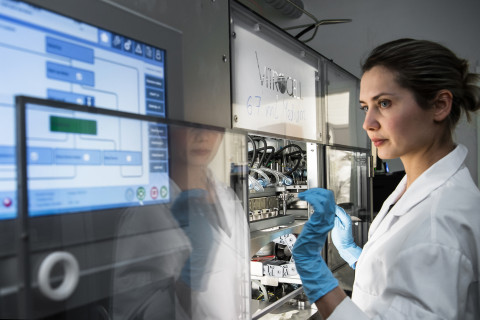Working in the ILMARI Laboratory at the University of Eastern Finland, some 30 researchers from different German and Finnish research groups analysed the role and harmfulness of different combustion-based emission sources on air quality. The objective of February’s measurement campaign was to study how the chemical composition of fine particles in combustion gas emissions and their changes in fresh air are linked to adverse health effects.
The campaign focused on emissions from wood combustion, diesel motors and the combustion of brown coal, which is typical in Central Europe. The ageing of emissions in fresh air was simulated in a 29-cubic-metre ageing chamber and by using a new device that mimics fresh air photochemical changes at an accelerated pace. The adverse health effects of emissions were analysed by novel toxicological direct exposure methods.
The one-month emissions measurement campaign constitutes part of a joint project by an extensive research consortium. The University of Eastern Finland has been a member of the Helmholtz Virtual Institute of Complex Molecular Systems in Environmental Health, HICE, since 2012. The institute studies the properties of human-induced emissions and their effects on the climate and human health.
HICE is coordinated and funded by the German Research Centre for Environmental Health, Helmholtz Zentrum München, which focuses on studying the adverse effects of household combustion and traffic emissions in particular. Furthermore, research addressing the effects of changes in emissions constitutes part of the Eurochamp project of the EU’s Horizon programme.
